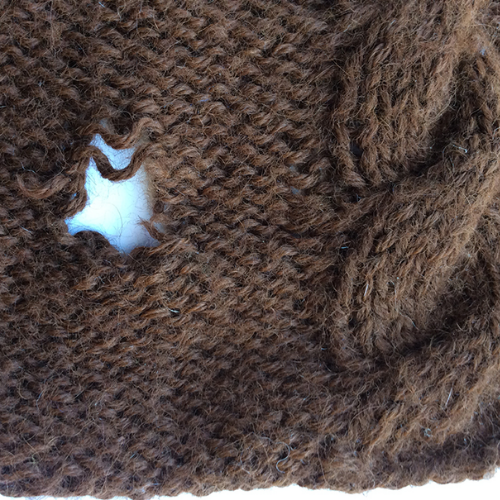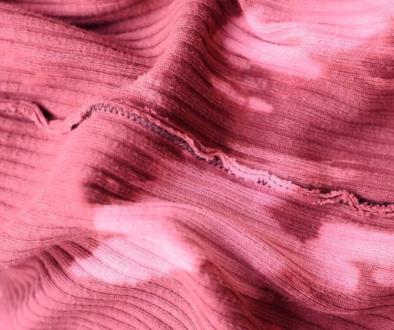How To Stop Moths From Eating Your Clothes

Nothing can ruin a morning faster than reaching into the closet for your favorite sweater, dress or t-shirt and finding one or more tiny holes in it. Ever wonder where those holes are coming from? Well, the simple answer to that is moths. And where there’s one, there are many.
Keep reading to learn more on how to keep moths out of your closet—and what to do if it’s already too late.
Clothing Moths
Clothing moths are unlike summer’s outdoor moths that flock to your front door light or those pests that take up residence in your pantry. Moths that thrive on your dresses, sweaters or shirts like to reside in dark and undisturbed areas such as closets, drawers, basements, and attics. And, these moths can live in the corners and folds of fabrics, especially if the clothes contain microscopic skin cells, oils, sweat, or bits of food from the last time you wore them. How gross? We know!
Overall, moths are a very destructive insect. But, they don’t actually eat your clothes, it’s their babies that do. Those pesky holes in your sweaters, scarves, dresses, shirts and coats are a result of the adult moths laying eggs on your coziest garments. And, the eggs morph into larvae, which feed on natural fibers like wool, cashmere and silk. In addition to wool or cashmere sweaters, consider your fur coats, silk blouses, and anything with feathers a fair game to this insect.
How Do I Prevent This?
Vacuum Weekly
Vacuuming your house space and even your closets on a weekly basis removes larvae which are already present as well as hair and lint. Hair and lint both could support future infestations which is why it’s imperative to vacuum weekly. Also, always vacuum the edges of your carpet, the inside of your closet, baseboards, underneath all furniture and other dark areas where clothing moths may feed.
Remember, dispose of the vacuum bag’s content immediately after vacuuming as the bags may include larvae, eggs, or adult moths.
Never Put Dirty Clothing In Storage
Believe it or not, if you’ve worn a sweater or a blouse for an hour or two, it counts as dirty! Before packing up all of your clothing and putting it away in storage at the end of the season, be sure to wash or dry clean everything first. Overall, the dry cleaning process will remove any excess dirt or oils from your garments- two things that bugs become drawn to.
Seal Your Clothing Away.
After dry cleaning your garments, immediately seal them in a moth-proof container or bag. This will keep the moths from damaging these items that you won’t be wearing for the season. The containers don’t need to be vacuum sealed, just closed in a bag. Or, use a container that keeps moths and their larvae out.
Hang Your Clothing, Don’t Stack Them
Clothing moths seem to prefer clothing that’s stacked on top of other clothing. Whether on a shelf or in a drawer, this is because clothing moths prefer being in the darkness. Regardless, it’s apparent that they prefer not to dine on clothing that’s placed on a hanger or hook.
Also, be sure to take a look at our published blog post that discusses the best types of hangers to use for your garments.
Call an exterminator.
In extensive infestation cases, you may need to call a professional exterminator to look at the situation. Though this may be costly, a thorough treatment with chemical insecticides may be the best solution to controlling and saying goodbye to this type of insect.
Give Us A Call
If you begin to notice holes in your most-loved garments, the best thing to do is to call your reputable cleaners. This will ultimately be the best solution for your garments!
The professionals here at Avon Cleaners are expertly trained in cleaning, all your most-loved garments. Be sure to give us a call today to learn more information on our dry cleaning and laundry service. Remember, having your clothes professionally cleaned prior to storing them away for a new season, is a must!




